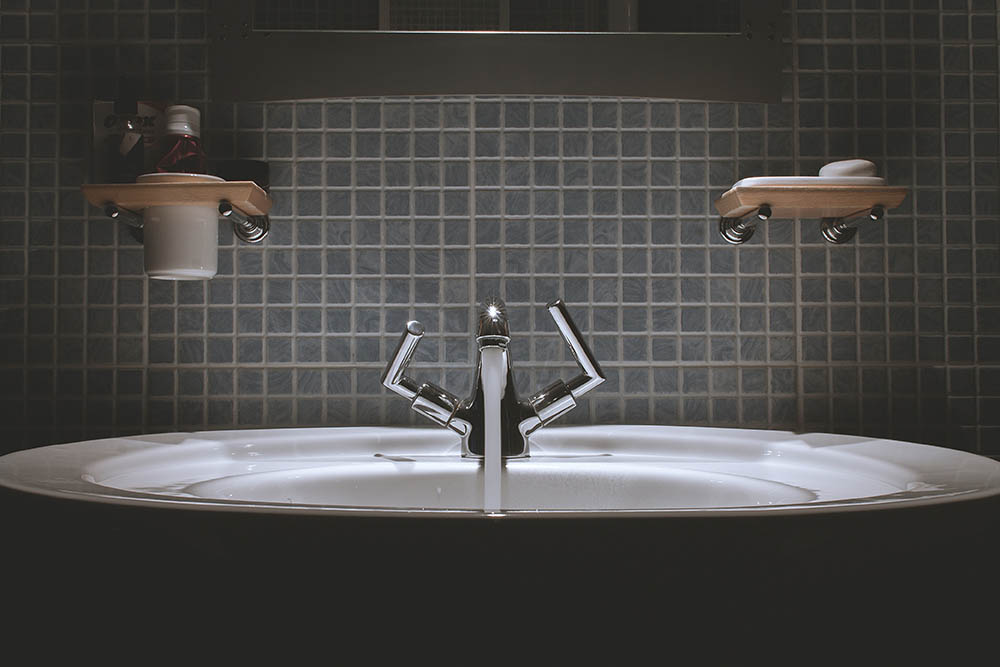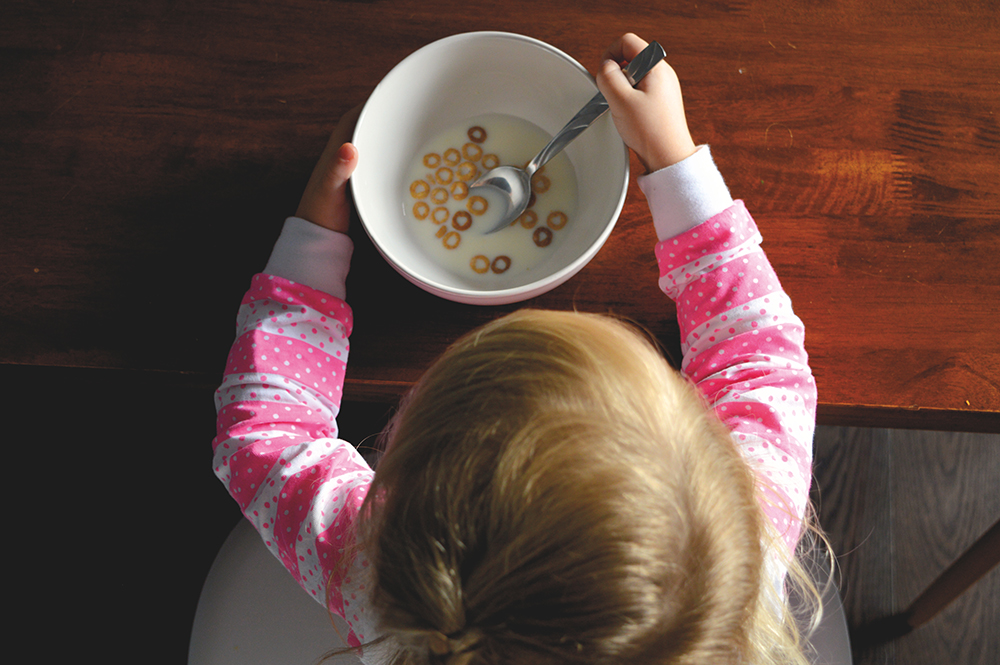Your eating habits are getting cleaner, your workouts have gotten stronger…but your reflection in the mirror isn’t changing.
When you’re right on track with your nutrition and habit changes, there can be nothing more frustrating than hitting that infuriating plateau. However, sometimes this is the opportunity to evaluate your progress and see if your efforts are well deserved. It’s actually quite a normal phase in your weight management transformation. Your body is adapting to new eating habits and it can take some time to reach your end goal. It’s easier said than done, but don’t be discouraged by plateaus. Imagine that it’s your body settling into your new size, your new weight or your new measurements. It’s like when you buy a new pair of shoes: it takes a bit of time for your feet to get used to them, and slowly your shoes start to mold to the shape of your feet.
You can usually expect to lose between 1 and 2 pounds a week when you start a new healthy eating plan. This can vary depending on a few factors, including the weight you start with and the amount and intensity of exercise you do. Your ability to stick to your new eating habits will also be influenced by your emotions, stress and the intensity of your social life. Here are some factors to consider:
Check your hunger and satisfaction signals
Are you eating without feeling hungry? Or are your forcing yourself to finish your plate when you’re already full? Listening to your body telling you when it’s satisfied and when it is hungry is important. Hunger and satisfaction are signals your body sends to tell you that it either requires energy or that it has absorbed enough energy and nutrients to fulfill the need. Listen to the signals and don’t overeat or eat inattentively–it will help you to cut out those extra calories your body didn’t really need.
Check your fat intake
All hail olive oil! In appropriate quantities, olive oil can be beneficial because it is a source of good fats. However, good fats are not calorie-free. A single tablespoon of olive oil contains approximately 90 calories. So if you are cooking your meals in oil baths or soaking your salads in oil, you’re actually adding a lot of calories. Try and measure the amount of oil you use with a tablespoon and see if you can cut it down by 1-2 tablespoons per meal.
Check your plate proportions
Fresh vegetables are low in calories and high in water, nutrients and fiber. When you’re craving a snack, veggies are your go-to food. The more vegetables you add to your plate, the less meat and empty calories can fit on your plate. So aim to fill half your plate with vegetables, and the rest of your plate should be divided between protein and carbs.
Check your activity level
Have you started moving more? Tried taking the stairs, walking the dog or riding the bike into work? Are you combining all those tips? Are you exercising frequently? Evaluate how much physical activity you get in during the week and how many steps you take each day, and see if maybe this is something that you might need to work on a little more. Why not try swimming or a dance class, or adding a fast-walk at the end of your day? The more exercise and activity you do, the less likely you’ll be to plateau. Not only because of the extra calorie burn, but also because of how good it makes you feel. However, if you are doing a lot of muscle work, maybe that’s a cause in your plateaus. Don’t forget that muscle mass is denser than fat mass, meaning muscle will always weigh more than the same amount of fat. It could be your body composition changing.
Check your sleep patterns
Naps don’t count! Are you getting 7-8 hours of sleep per night? While it is important to exercise to burn calories, it is also important to make sure you get a proper night’s sleep. Sleeping burns calories too, and it helps regulate your metabolism. Furthermore, if you are lacking sleep, your body will probably crave sugar to keep awake and going throughout the day. So instead of fighting sugar cravings, go to sleep early, away from screens and distractions. Your body will thank you.
Still can’t figure out why you’re plateauing? Try keeping a daily food and exercise journal. Write everything down. By doing so, you may start to see a pattern of where you might be going astray. You will notice the times that you reached for the wrong foods and how you felt, and this process will help you plan more effectively to get you back on track. If not, then just give it a bit more time. A plateau is a temporary phase. Keep persevering to get through it and your body transformation efforts will be rewarded.








